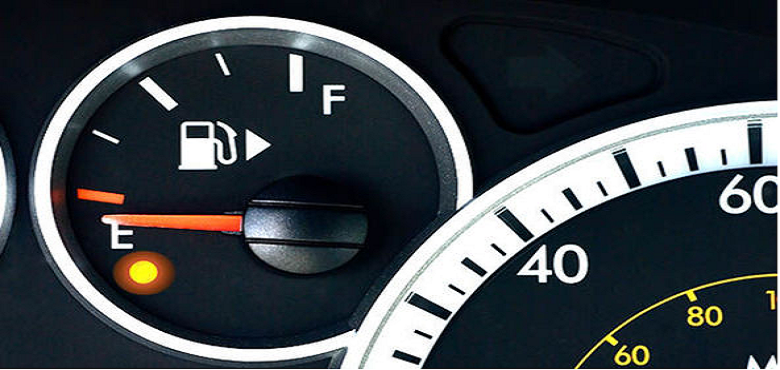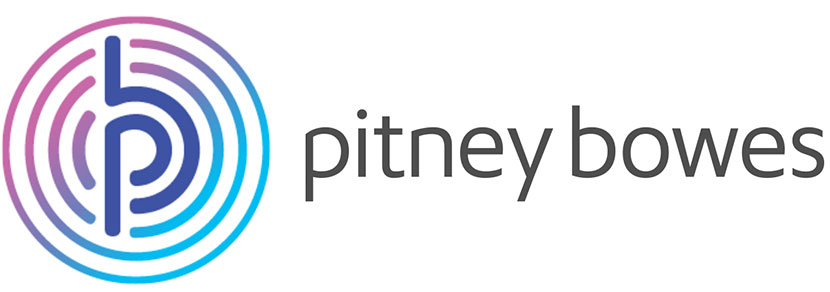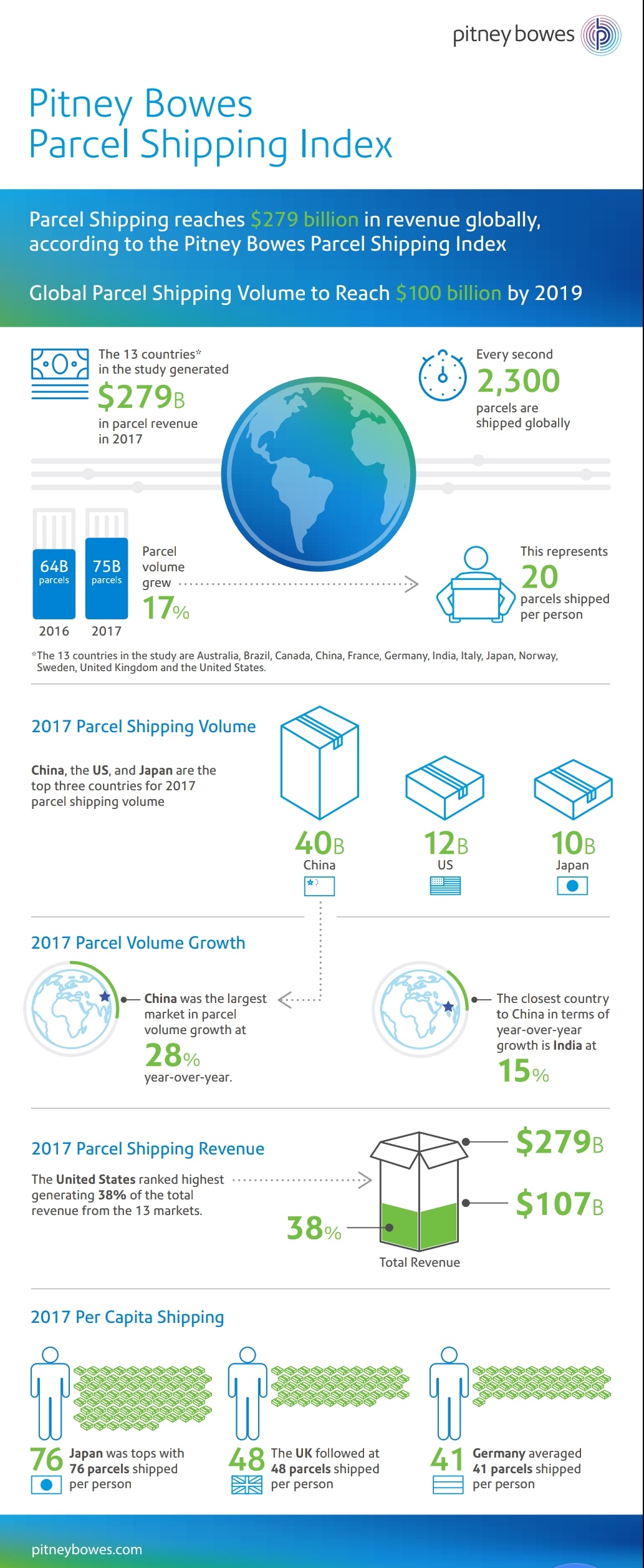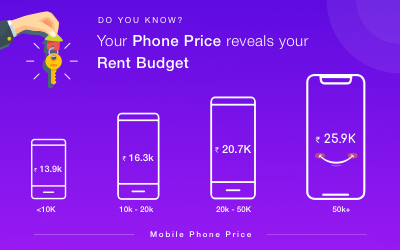Drivers rely on the car’s tires to help them sail through any terrain. Some drivers take great care of their car’s tires so that they do not let them down in tricky situations. However, a tire burst situation is nightmarish for a driver. Such a situation can escalate into a disaster if a car flips over on a highway. This way, the accident has the scope to become much bigger. The cars coming from behind also become vulnerable to accidents.

Recent developments with respect to car’s tires and the braking technology have reduced the chances of a flip-over in case of a tire burst. However, every now and then, newspapers carry a tragic story of a car toppling over on a highway due to tire burst. Let’s hope you never face such a situation. Read ahead to know how to handle a tire burst so that you are better equipped if you ever face such an unfortunate event.
It is not a race, slow down!
An open highway, favorite music, and a mate to sing along can encourage you to press that accelerator a little more than needed. On top of it, if your car’s windows are rolled up, then there is high chance that you are oblivious to the speed at which you are travelling, unless you keep an eye on the speedometer.
Remember, you don’t have the driving license to show off your racing skills, it can be dangerous for you and others. It is a known fact that tire burst at a higher speed is more damaging than tire burst at a lower speed. If your car’s tire bursts at a lower speed, you still have the opportunity to control the car and avoid huge losses. In case of tire burst, decrease the speed gradually.
Don’t pull that foot off the accelerator immediately
Primary instinct of a driver in case of any unusual event is to slow down and drop the anchor. However, in case of a tire burst, it will be helpful if you do not pull your foot off immediately from the accelerator. The vehicle will lose its speed anyway due to the tire burst. If you also reduce the speed drastically, you will end up losing control.
Brake but not too much
Braking is important but not at once. Slamming the brakes in case of a tire burst will not help you to control the car. Hard braking will further imbalance the vehicle. Hit the brake, but slowly.
Keep pointing ahead
Do not steer it left or right as chances of the car losing composure is more in such cases. Hold the steering firmly and just keep moving forward so that you have a better vision. Use the steering to not let the car drift away rather than using it for vehement maneuvering.
Push a bit and park properly
You do not want to stop bang in the middle of the road and risk the chances of getting hit by a speeding truck. Push your car to go ahead even if the tires have given in. Drive your car to the side of the road and then park it. When parked, make sure to keep the parking lights on.
Go for an extensive car insurance policy
Just as it is compulsory to hold a valid drivers license to drive a vehicle, it is also compulsory to purchase a car insurance online or offline. It is suggested to go for a Comprehensive Car Insurance policy and strengthen it with suitable Add-ons. For example, a Roadside Assistance Add-on can prove extremely handy in case of a tire burst. You can raise a car insurance claim for damages to your car and minimize financial losses because of an insurance policy. Nowadays it has become easier to purchase insurance and raise a car insurance claim.
Ride slow, get insurance, and stay alert.










